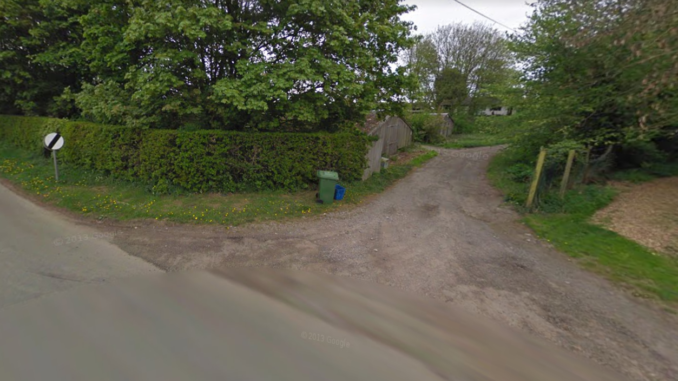
Developers of a large housing estate look set to be allowed to create just a third of the target amount of affordable housing in order to maintain their profits at about 20 per cent.
Hambleton District Council planning officers have recommended Barratt Developments, one of the largest residential property development companies in the UK, be granted permission to increase the number of homes it can build at the site at Wilbert Farm, Sandhill Lane, Aiskew, near Bedale from 105 to 116, while reducing the proportion of affordable homes from 25 per cent to 14 per cent.
The proposed changes have stirred controversy in the community with scores of residents raising objections, saying it will create traffic problems in Leeming Bar, Aiskew and Bedale that have been brought about by the new £34m bypass.
The recommendation follows councillors both in Hambleton and neighbouring authorities voicing anger over developers repeatedly “discovering higher than expected costs” after having agreed to build affordable houses.
Councillors, who say building sufficient affordable housing is vital if young people are to be able to remain in communities, have also called into question the limited profit margins that developers claim to be working within.
Hambleton council has previously pointed towards a loophole at the stage of the planning process where developers of large and medium-sized estates are allowed to claim the requisite number of below market value properties would make their schemes unviable, due to costs such as clearing contamination or building roads.
The authority’s leader, Councillor Mark Robson has called for a stringent Government policy to stop developers using unforeseen costs as a reason for building estates with less than its affordable housing targets.
Ahead of Hambleton’s planning committee considering Barratt’s application to change the scheme at the former chicken farm site in Sandhill Lane, officers said while the authority targeted 40 per cent affordable housing on such estates, a report on a basic viability assessment had suggested the scheme could provide at least 28 per cent affordable units.
The lack of significantly higher viability was due to abnormal costs to address highway improvements on the approach to the site, demolition costs and asbestos disposal.
Barratt initially proposed just 12.5 per cent affordable housing before agreeing to double that at planning application approval stage.
However, it said more detailed surveys of the site had led to their costs increasing significantly.
An independent assessment has since concluded a profit rate between 17 and 20 per cent couldn’t realistically achieve between 17 and 21 affordable units at the site.
An officers’ report to the planning committee states: “This is considered an acceptable position given the high levels of abnormal costs involved in the development of the site.”
The report said as the highway authority had advised there were no concerns with the suitability of the access road and the junction with the A684, “despite the high level of local objection in this regard, there is no reasonable case to refuse the application on highways safety grounds”.


Be the first to comment